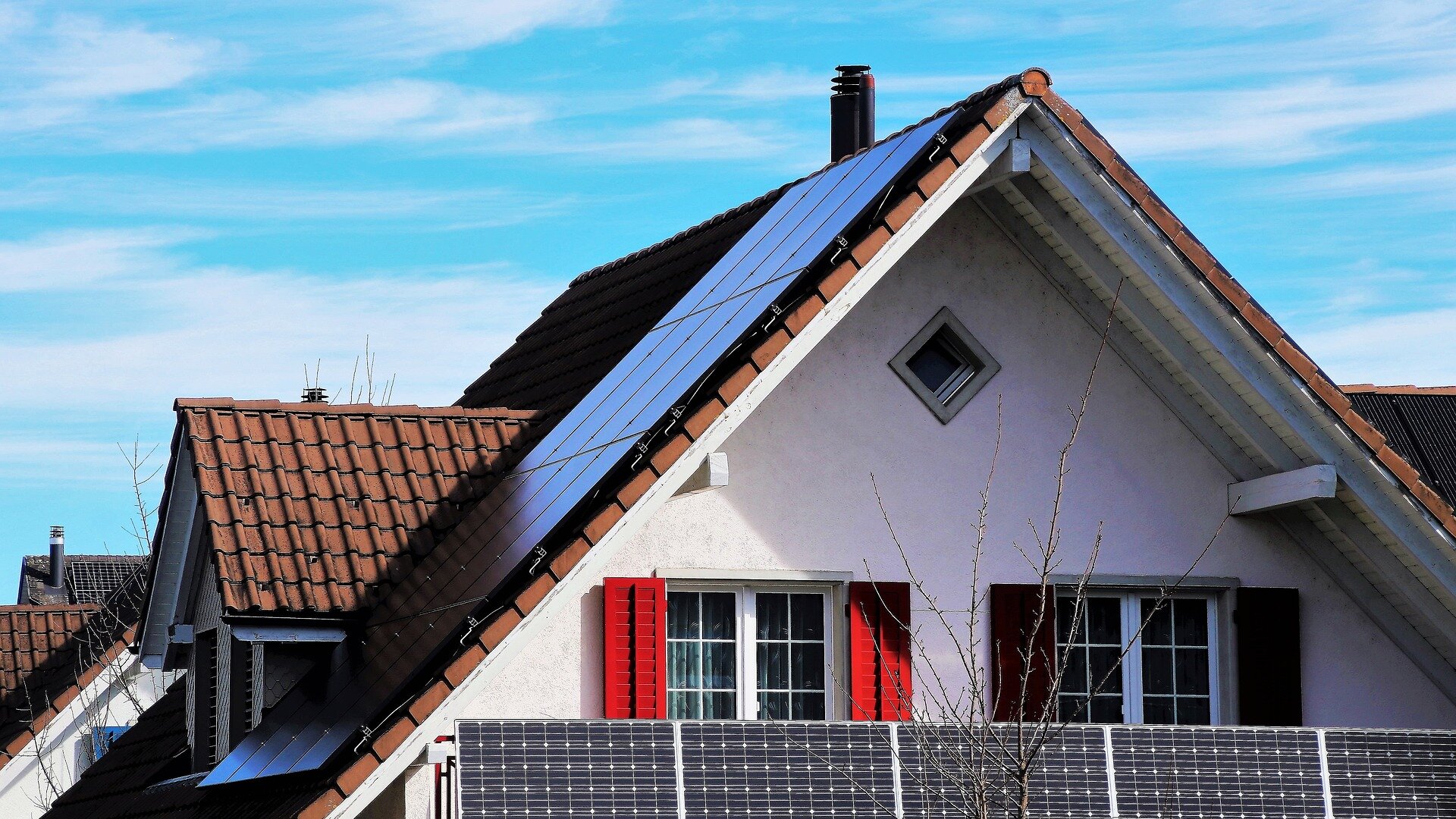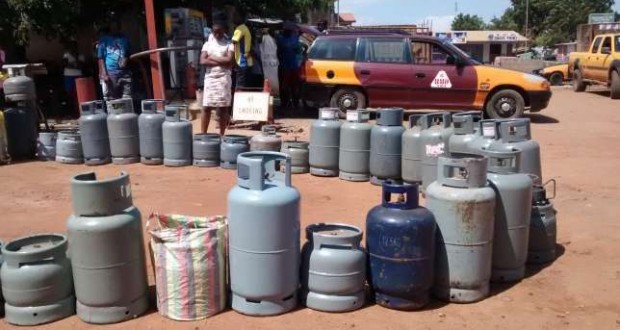- Top-ranked Jannik Sinner beats Novak Djokovic to win Shanghai Masters final
- U.S. officials say Israel has narrowed down its targets for strike on Iran
- Earnings will drive the stock market in the week ahead. That's a good thing
- Trump or Harris? Here are the 2024 stakes for airlines, banks, EVs, health care and more
- South Fork Wind offers a glimpse at what's possible as offshore wind power projects struggle to gain traction
What do you believe is the single most important factor driving up the cost of living in Nigeria?
Pippa Stevens | CNBC
GREENPORT, N.Y. – Roughly 35 miles off the east coast of Montauk, New York, 12 turbines gently spin in the wind at Orsted's newly developed South Fork Wind farm. The project, which connected to the grid earlier this year, is the first commercial-scale offshore wind farm in the U.S., providing enough power for 70,000 homes annually. It's a needed bright spot for the U.S. offshore wind industry, which has faced a number of challenges getting off the ground. Rising interest rates and supply chain snags have changed project economics, forcing some developers to return to the market in search of higher contracted prices. Other projects have been canceled entirely. Soren Lassen, head of offshore wind research at Wood Mackenzie, said the U.S. offshore wind industry is going through a needed readjustment, and that while the long-term outlook remains intact, progress has been pushed out. South Fork Wind offers tangible evidence that wind projects can work.
A long-term investment
Traveling by way of a high-speed ferry from Greenport, New York, it takes about two hours to get to South Fork Wind. It's hard to get a sense of just how large these turbines are until you're right under one: they tower 460 feet above the water, with blades that are each longer than a football field. And that's just what the eye can see. Underwater, each tower sits atop a custom foundation drilled into the seabed. Apart from the gentle "swoosh" of the blades – only audible when right next to the turbine – the wind farm is otherwise quiet in the middle of the ocean.
South Fork Wind's substation, which is connected to the power grid in East Hampton via a subsea and then underground cable. Pippa Stevens | CNBC
Each turbine is connected to an offshore substation – the first of its kind built in the U.S. – which is connected to the local power grid in East Hampton, New York, via a 65-mile subsea and underground cable. South Fork Wind was not without opposition. The waters off the Long Island coast have long been a place for recreational and commercial fisherman alike, some of whom opposed the project. Residents in Wainscott – the summer community where the cable comes ashore – also fought it. This led to Orsted adding extra space between each turbine so that the area remains open both to transit by pleasure and fishing boats, and the company buried the onshore cable beneath the beach and local roads. Denmark-based Orsted is not new to the area. The company developed the five-turbine Block Island Wind Farm, which is northwest of South Fork Wind, in 2016. And northeast of South Fork Wind sits Revolution Wind – a 65-turbine project that Orsted broke ground on in 2023. In July, Orsted began construction on Sunrise Wind, which is also in federal waters off the New York coast. Offshore wind projects are long-term investments, with work starting years before a single foundation is even drilled into the seabed. Securing the necessary permits is a lengthy process. The Bureau of Ocean Energy Management first awarded the leases for South Fork Wind in 2013, which where acquired by Deepwater Wind. Orsted acquired the company in 2018 and partnered with Eversource Energy to start building the project. Onshore construction began in February 2022, with offshore construction following in 2023. In September, Skyborn Renewables, a Global Infrastructure Partners portfolio company, acquired Eversource's 50% stake in both South Fork Wind and Revolution Wind.
















